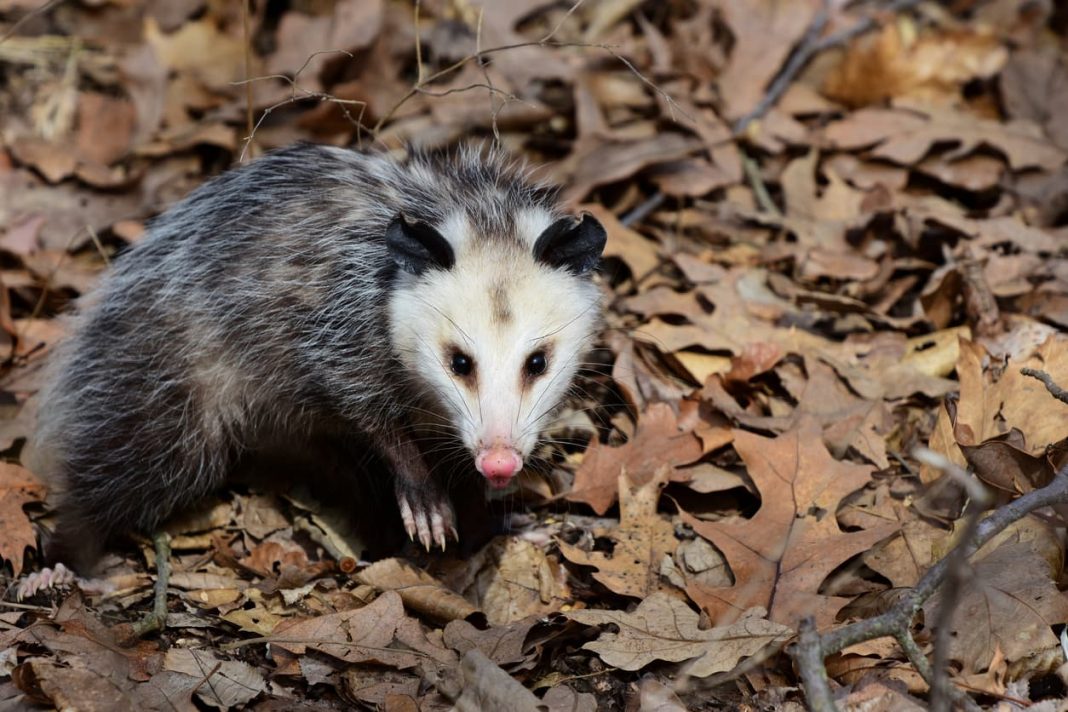Spring is in full swing here in our little corner of Texas, and many wildlife babies are making their appearances. Depending on weather conditions, babies of some species are born as early as January, and baby season continues well into early summer. Every year, many seemingly orphaned or abandoned baby animals and birds are brought to Friends of Texas Wildlife for care when there might have been a chance to reunite them with their mothers. Although we love and cherish every wildlife baby we raise and eventually release back into the wild, their “real” moms are best. Here are some helpful hints with regards to wildlife babies in our area:
- Dead trees, especially those with hollows in them, make perfect nesting and denning habitat for many species of animals and birds (tree squirrels, flying squirrels, raccoons, woodpeckers, and some species of owls and ducks). If possible, please put off tree trimming or cutting until early summer to allow the animals or birds time to nest and vacate. Some very careful tree companies will view tree cavities with small cameras prior to doing any work to assure that there are no nests or dens, so if you must have tree work done ask if your tree company can do so.
- Generally, the only time animals will attempt to get into your attic would be during nesting season. The most common animals attempting to do so are squirrels and raccoons. To prevent animals from gaining access, keep tree limbs trimmed away from your house and roof line. If you have any holes or gaps in siding or soffits, make repairs prior to January to keep animals out. If you do hear noises in your attic, please do not set traps or call a pest control company. Too often trapped animals are relocated and then homeowners realize babies have been left behind (and pest control companies generally euthanize any animals they might trap). We have some great hints on our website (www.ftwl.org) about how to get animals to move out on their own (and move their babies as well).
- Brush piles are also a great spot for animals to raise their young, so if you’ve been accumulating a brush pile over the winter, please use caution before burning. If you can’t wait to burn, start the fire at one corner of the pile to allow time for any animals residing there to escape.
- Rabbits commonly build their nests around bushes or in taller grass, and the mother rabbit does not stay with her babies. Coming upon a nest with unattended babies does not mean they are orphaned. Mother rabbits come back only two to three times a day to nurse their babies, often for as little as five minutes, so it is difficult to spot her coming and going. If you are unsure if the babies are being cared for, you can sprinkle a little flour around the nest (to check for footprints), or cross some sticks over the baby rabbits, then check back 8-12 hours later for evidence mom has returned. Baby rabbits are independent once they have their eyes open, ears upright, and are about the size of a tennis ball and should then be left alone to graze. Their natural behavior is to freeze when scared; this does not mean they need help.
- Squirrels will nest in tree hollows or nests built in tree branches. They begin nesting as early as January, but generally in February and March. It is common for mother squirrels to build multiple nests; this enables her to move her babies if one nest is destroyed or becomes unsafe. If you should find a nest or squirrel baby on the ground, please refer to our rescue flowchart to assess what to do.
- Opossums are marsupials, meaning their babies are raised in the mother’s pouch. She can have as many as thirteen babies in her pouch or, as they get older, on her back, so if one happens to fall off, she probably would not notice or be looking for it. If you find a baby opossum that is smaller than the size of an adult’s hand (not including its tail), it needs help from a rehabilitator. Please refer to our flowchart for more information.
- Raccoons love to den in hollow trees, under buildings or sheds, in woodpiles, etc. Should you come upon a kit that you think is abandoned, it is possible the mother raccoon was in the process of moving her litter to a safer location, so give her time to come back for the kit. Place the kit in a box large enough so the kit cannot crawl out (you can line the box with a soft blanket or towel). Remember raccoons are nocturnal, so she will need several hours at night to come back and retrieve her kit. If, after several hours at night the kit is still not retrieved, then help is most likely needed.
- If you happen to find a baby animal, the most important thing to assess is whether it needs assistance, and if so, what to do. This article has rescue “flowcharts” for baby squirrels and opossums. Additional rescue flowcharts (as well as the ones for squirrels and opossums) can be found on our website (www.ftwl.org, click on “Help and Advice”.
- If you assess that a wildlife baby does need help, the most important thing is to keep the baby warm and quiet. Old style heating pads are great for warmth (the type that does not turn off automatically). Place the baby animal in a box with an old t-shirt or small blanket and put the box half on the heating pad set on low. This allows the animal to move off the heat if it’s too hot. If you do not have a heating pad, a rice sock (fill a sock with dry rice or beans and heat in microwave) or hot-water bottle can be used (even a ziplock bag filled with warm water). Always place a cloth or towel in between the heat and the animal(s). Animals should never be given any food, water, milk, or any type of formula. When animals are too cold or dehydrated, they cannot digest anything, so feeding them can actually kill them. Warmed children’s Pedialyte can be given very carefully with a syringe or eye dropper if needed. Keep the animal away from children and domestic pets for everyone’s safety.
- Please get assistance as soon as possible. Our intake center is open daily 10 am to 2 pm (closed Sundays), and our emergency email ([email protected]) is monitored frequently when we are closed.
To learn more about what we do and view pictures of many of the animals we assist, please visit our Facebook page at www.facebook.com/SavingTexasWildlife. Details can be found at www.ftlw.org, and then click on “How to Help”. We are happy to announce that our educational programs will commence in March as we have recently completed an outdoor classroom space. Our educational visitor’s center is open the second Saturday of each month from 10 a.m. to 2 p.m., located at 29816 Dobbin Hufsmith Road, Magnolia, Texas, so the next open house date will be Saturday, March 13 ($5 per person, kids under 2 free). Additionally, we will be offering Spring Break Discovery Days in our outside classroom:
10:00-2:00 each day, come & go, $5 per person, masks required
Monday, March 15; Marvelous Mammals
Wednesday, March 17; Winged Wonders
Friday, March 19; Radical Reptiles

















